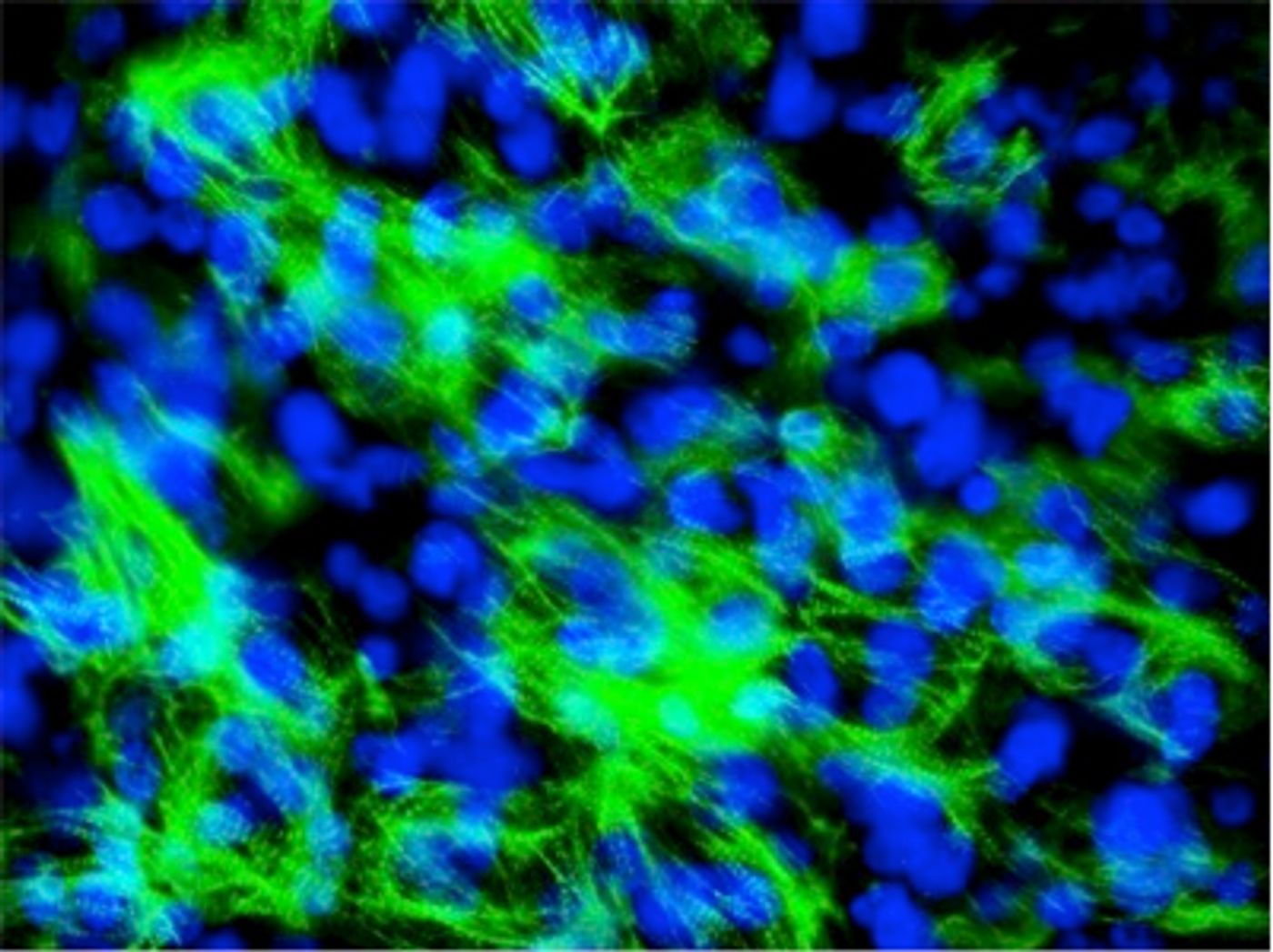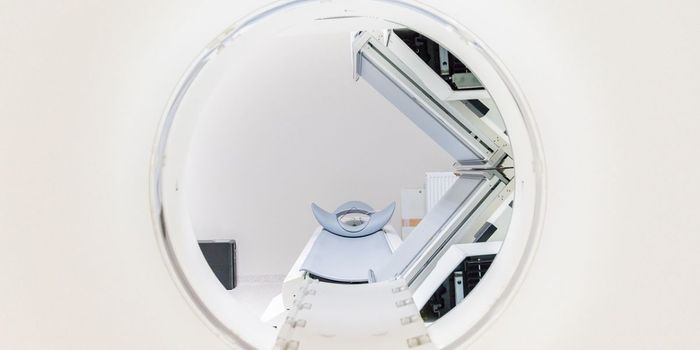For the first time, scientists have been successful at engineering cardiac muscle cells from stem cells that actually beat just like regular heart cells. This research has deep implications for regenerative medicine and basic biological research.
The heart contains 3 billion cardiac muscle cells, also known as cardiomyocytes, which perform extremely specialized functions. In response to electrical signals, these cells pulse and contract synchronously to pump blood throughout our bodies. It is this ability to beat and carry rhythm that has been the biggest challenge for lab-engineered heart muscle cells to imitate.
Led by Dr. Gordana Vunjak-Novakovic, Mikati Foundation Professor of Biomedical Engineering at Columbia University, the research team hypothesized that the lab-grown cardiomyocytes can be “trained” to beat regularly with electrical stimulation. Their research was recently published in the journal
Nature Communications.
They began with human embryonic or induced pluripotent stem cells that were coaxed into heart muscle cells and grown as three-dimensional structures. Then, for a period of a week, they applied electrical signals that mimicked those of a healthy heart.
With the right electrical stimulation, the lab-grown cardiac cells began to adapt and beat with the regularity of a normal heart. Impressively, the cells maintained this autonomous beating rate for up 2 weeks. The electrical stimulation also increased the connections between the cells, so that the autonomous beating was transferred to surrounding cardiomyocytes.
“We’ve made an exciting discovery,” says Vunjak-Novakovic. “We applied electrical stimulation to mature these cells, regulate their contractile function, and improve their ability to connect with each other. In fact, we trained the cell to adopt the beating pattern of the heart, improved the organization of important cardiac proteins, and helped the cells to become more adult-like.”
The team plans to go backwards from this discovery and find out how the immature heart begins its beating function. They also are eager to test how well the “conditioned” heart cells can be integrated and synchronize with a natural heart muscle.
Making heart cells that beat in a dish is a huge biomedical engineering triumph. This discovery has “applications for the study of cardiomyocyte biology, drug testing, and stem cell therapy [and] could lead to the reduction of arrhythmia during cell-based heart regeneration,” says Vunjak-Novakovic.
Additional source:
Columbia Engineering press release









